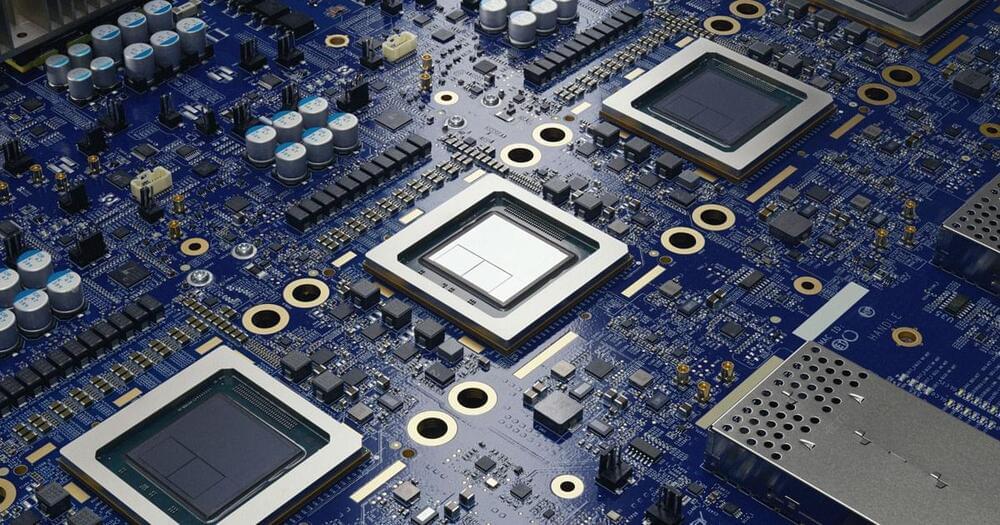Google discontinues Artificial Intelligence and establishes DeepMind: It is capable of making microscopic predictions about the future.



In some mammals, the timing of the normally continuous embryonic development can be altered to improve the chances of survival for both the embryo and the mother. This mechanism to temporarily slow development, called embryonic diapause, often happens at the blastocyst stage, just before the embryo implants in the uterus.
During diapause, the embryo remains free-floating and pregnancy is extended. This dormant state can be maintained for weeks or months before development is resumed, when conditions are favorable. Although not all mammals use this reproductive strategy, the ability to pause development can be triggered experimentally. Whether human cells can respond to diapause triggers remained an open question.
Now, a study by the labs of Aydan Bulut-Karslıoğlu at the Max Planck Institute for Molecular Genetics in Berlin and Nicolas Rivron at the Institute of Molecular Biotechnology (IMBA) of the Austrian Academy of Sciences in Vienna, has identified that the molecular mechanisms that control embryonic diapause also seem to be actionable in human cells.

An international team of botanists, agriculturists and historians has successfully grown a mature tree from an ancient seed found in a cave in Israel. In their paper, published in the journal Communications Biology, the group describes where the seed was found, the work that was done to discover its origins and what they have learned about its history as it has sprouted and grown into a mature tree.


Can cannabidiol (CBD) be used to counter insecticide resistance, specifically for mosquitoes? This is what a recent study published in Insects hopes to address as a team of researchers investigated how hemp leaf extract could be used to kill mosquito larvae that is responsible for yellow fever. This study holds the potential to help researchers better understand how cannabis can be used to fight insecticide resistance and mitigate yellow fever around the world.
“Mosquitoes are one of the deadliest animals in the world, mainly because as adults they serve as vectors of disease,” said Erick Martinez Rodriguez, who is a graduate student in entomology at The Ohio State University and lead author of the study. “It’s very important to be able to control these pests at an early stage, when they are at the most vulnerable.”
This study builds off a 2018 study from The Ohio State University that a Madagascar-native plant successfully worked as a mosquito insecticide. For this recent study, the researchers created CBD from ground-up hemp extract and fed this CBD to mosquito larvae with two strains of yellow fever. In the end, the researchers found both strains were effectively killed by the CBD, along with this occurring with very small amounts of CBD.





How can electronic waste, also known as e-waste, be recycled without resulting in negative environmental impacts that are often produced with traditional e-waste recycling methods? This is what a recent study published in Nature Chemical Engineering hopes to address as a team of researchers from Rice University investigated a novel approach for improving e-waste recycling while mitigating the negative impacts on the environment. This study holds the potential to help researchers, climate conservationists, and the public better understand how they can contribute to a cleaner environment through recycling.
“Our process offers significant reductions in operational costs and greenhouse gas emissions, making it a pivotal advancement in sustainable recycling,” said Dr. James Tour, who is a T.T. and W.F. Chao Professor of Chemistry at Rice University and a co-author on the study.
For the study, the team built upon past research conducted by Dr. Toru involving flash joule heating (FJH), which uses electric currents to break down metals into other materials. Using FJH for e-waste, the researchers successfully removed precious metals, including tantalum, indium, and gallium, which have commercial uses in capacitors, LCD displays, and semiconductors, respectively. Additionally, this new method was found to provide increased efficiency for metal purity and number of metals, also called yield, at 95 percent and 85 percent, respectively, along with significantly reducing environmental harm since this method does not require acids or water for its reaction.